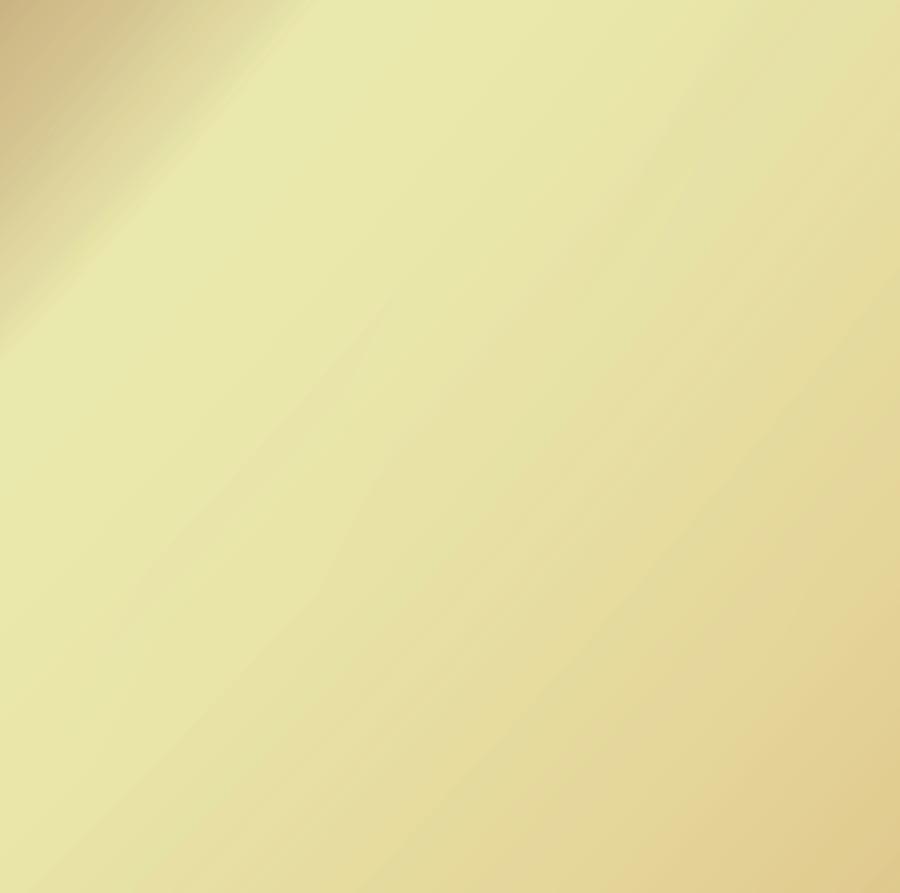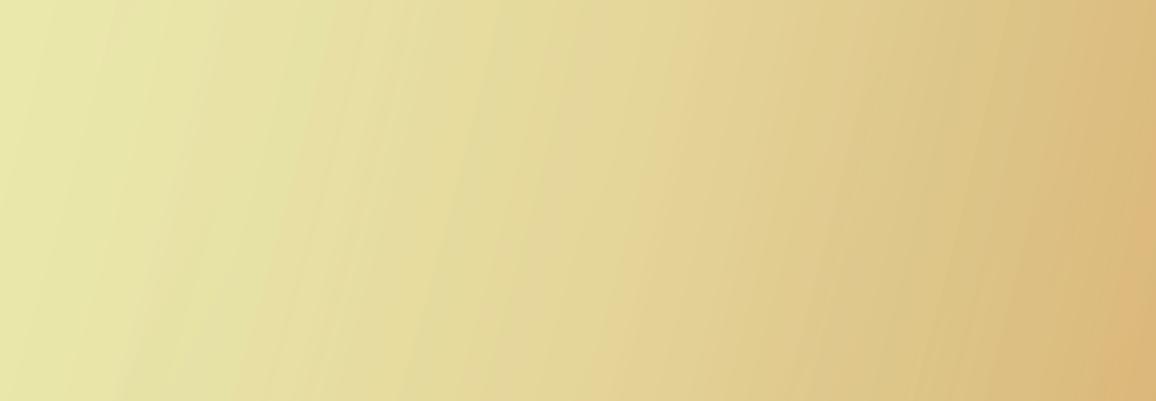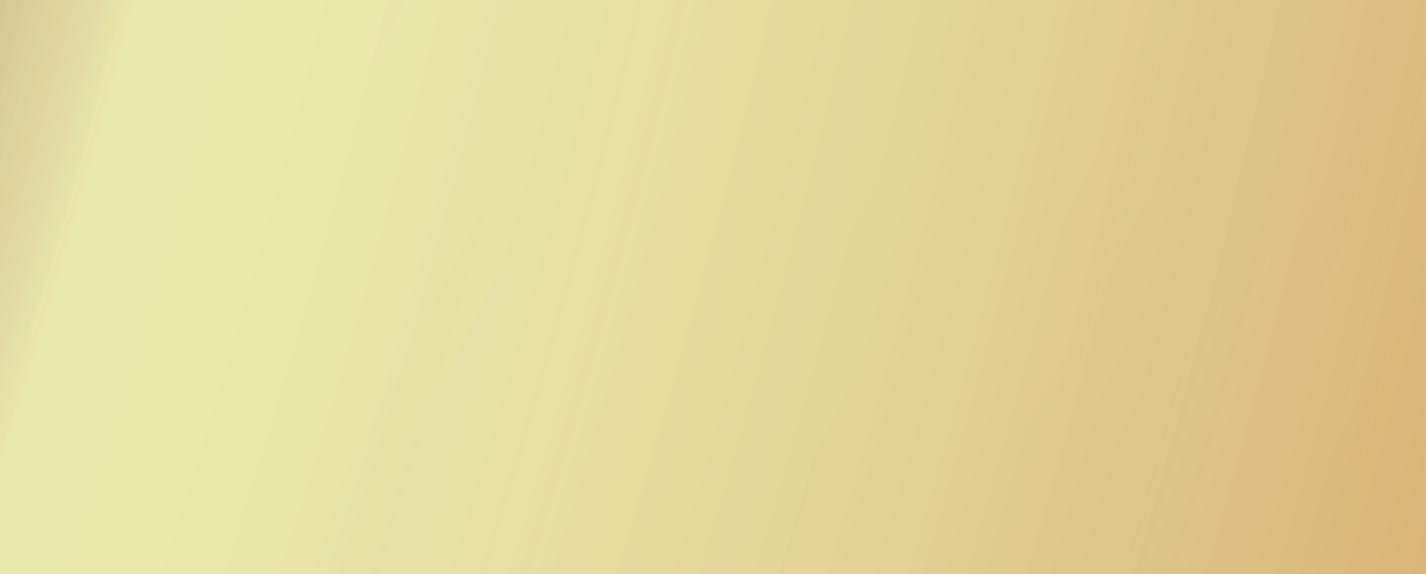LIFE and EXPERIMENT















































The history of modern physiology in Scandinavia


































































































































































Physiology, the study of life functions by experiment, has been called the queen of life sciences. How have notions and boundaries of modern physiology changed over time? How has physiological practice and knowledge been transferred across institutional, national and regional boundaries? What has physiology meant to society, and how has society shaped physiology? These are some of the questions this book studies, by presenting the history of modern physiology in the Scandinavian countries from the mid19th Century to the present. It also discusses the development of Scandinavian scientific cultures, both concerning similarities and differences between the individual countries.
This book is the outcome of a history project initiated and financed by the Scandinavian Physiological Society. This organization was founded in 1925, and includes members from 98 different research units in all the Scandinavian countries, as well as in Western Europe and the US.












































The author Yngve Nilsen is a professor in modern history at the Western Norway University of Applied Sciences. Among his earlier works are historical studies of meteorology, business economy and research politics, as well as industry, environment and public administration. Nilsen has also studied biology at the University of Oslo.
Yngve NilsenLIFE and EXPERIMENT
















































































































































































































The history of modern physiology in Scandinavia



















































































































































































































































































 Yngve
Yngve
LIFE AND EXPERIMENT
The history of modern Physiology in Scandinavia
LIFE AND EXPERIMENT
The history of modern physiology in Scandinavia
© Gyldendal Norsk Forlag AS 2023
ISBN 978-82-05-58855-4
Cover: Gyldendal Akademisk
Omslagsillustrasjon: Lightkite/Shutterstock
Picture editor: Tone Svinningen
Layout: Bøk Oslo AS
Typesetting: Bøk Oslo AS
Font: FreightText Pro 10,5/13,7 pt
Paper: 115 g G-Print
Printed by: Mediehuset Andvord AS/Bokbinderiet Johnsen
Inquiries regarding this book may be directed to Gyldendal Akademisk
Postboks 6730 St. Olavs plass
0130 Oslo Norway
www.gyldendal.no/akademisk akademisk@gyldendal.no
All rights reserved. No part of this book may be reprinted or reproduced or utilized in any form or by any electronic, mechanical, or other means, now known or hereafter invented, including photocopying and recording, or in any information storage or retrieval system, without permission in writing from publishers.
All books published by Gyldendal are printed in environmentally certified printing houses.
See www.gyldendal.no/miljo
Foreword
Physiology as the queen mother
Physiology, in the broadest sense, is the science of life, spanning interactions between molecules, to whole organisms and their adaptation to environmental challenges.
“Life and Experiment” takes the reader on a journey through the modern history of physiology, with particular focus on leading Nordic developments of their time.
The book follows the notion of physiology as “anatomy alive” in 1759, to “the queen of natural sciences” in the 19th century, and, after giving birth to powerful scientific subdisciplines including biochemistry and molecular biology, possibly to the “death of the queen” in the 21th century.
How do we define “physiology” today? Is it undergoing an “identity crisis”? Some have suggested that it is a distinct way of thinking, but it is tempting to take the pragmatic view of the Finish-Swedish physiologist Stephen Thesleff (1924–2020), who, when confronted with the fact that as a professor of pharmacology he was not really working on pharmacology, retorted: “Pharmacology is whatever I find interesting”. Thesleff’s comment is reminiscent of a bygone era as described in “Life and Experiment”, where the development and nurture of scientific disciplines was driven bottom-up by individual scientists with curiosity and strong personalities, rather than modern-day top-down institutions and bureaucracies.
As for the role of physiology in days to come, that is not for historians to describe, but rather for scientists to shape. A discipline is a means and not an end.
This book project was initiated and financed by The Scandinavian Physiological Society. From the onset though, the Society made it clear that our history should be written not as a panegyric, but with an outside view by a professional historian.
The task went to Yngve Nilsen, professor of history at the Western Norway University of Applied Sciences. In writing the book he has operated with full academic freedom, but at his request, an advisory book committee was formed, led
by professor of history Anna Tunlid at Lunds Universitet, and seconded by professors of physiology Jan Henriksson (Karolinska Institutet) and Kristian Gundersen (Universitetet i Oslo), and professor of history Svein Atle Skålevåg (Universitetet i Bergen).
Blindern June 1st 2023
Kristian Gundersen
President of The Scandinavian Physiological Society, 2018–2022
Physiology budding in Sweden and Finland 47
Robert Tigerstedt pursues physiology at KI 48
Tigerstedt in Helsingfors 50
From Uppsala to Lund 52
Christian Bohr succeeds Panum at Københavns Universitet 54
Danish diversity 56
The Krogh family gets their own laboratory 58
The Krogh family and exercise studies 60
Sophus Torup – the Norwegian advisory physiologist 61
Torup and the scurvy controversy 63
World War I – Scandinavian physiologists in governmental roles 65
The founding of the NFF 67
What kind of organisation? 68
Scandinavian physiology and the cognitive processes 69
Summary: Scale and scope 71
Chapter 3
t he Krogh er A 73
The NFF as a means to consolidate Scandinavian physiology? 73
A vitamin shot into Norwegian physiology 75
Biochemistry breaks through 78
The Kroghs turn to insulin production 79
The Kroghs’ happiest years 81
KI and Lund in Sweden: Great plans, scarce resources 83
Finnish physiology in decline 85
Scandinavian physiology during World War II 86
Norway – a setback 87
Denmark – temporarily business as usual 88
Sweden – brain drain and planning for the future 88
Summary: The end of an era 91
Neurophysiology – A Scandinavian flagship 138
The cognitive processes as physiology 142
Muscle physiology – from exercise studies to molecular biology 148
Renal and cardiovascular physiology - the heritage of Jens Chr Skou 151
Renal and cardiovascular physiology - the heritage from Niels Anker
Thorn 153
Zoophysiology integrating with biology 155
Summary: A fragmenting discipline? 158
Chapter 7
“Integr A t I ve I n n A ture”? 159
Molecular biology in Göteborg 160
“Genes, molecules, human beings” 161
Scandinavian physiology under pressure? 164
The APS as the strategic level of international physiology 167
“Recent change and challenges” 168
“The Logics of Life” 170
The APS pursuing integrative physiology 172
IUPC’s response: The physiome project 173
APS’s international surveys 174
Tracking the physiome project beyond the millennium 176
An integrative turn in Scandinavian physiology? 177
Summary: A pragmatic identity 180
Chapter 8
sps – the K eeper of A d I sc I pl I n A ry I dent I ty 181
Acta Physiologica under pressure 182
Börje Uvnäs – The personification of a new era 184
The Acta Jubilee Foundation 186
International consolidation - FEPS 188
Does the SPS serve a purpose? 193
t he perform A nce of s c A nd I n Av IA n phys I ology 195
